Blockchain technology has gained significant attention and recognition for its potential to revolutionize various industries, offering transparency, immutability, and decentralization. One of the key attributes that make blockchain appealing is its ability to provide data transparency across a network of participants. However, with this transparency comes the challenge of balancing it with data privacy and security. In this article, we delve into the delicate balance between transparency and security in blockchain technology, exploring the implications it has on data privacy.
Understanding the Basics of Blockchain Transparency
Blockchain is fundamentally a distributed ledger that keeps track of transactions among a network of computers. Each participant in the network maintains a copy of the ledger, and any new transaction must be verified and approved by consensus before it is added to the chain. This process ensures that the data is transparent and visible to all participants, preventing any single entity from altering the information.
Benefits of Transparency in Blockchain
Transparency in blockchain offers several advantages, especially in industries where trust and accountability are paramount. For instance:
Supply Chain Management: In industries like food and pharmaceuticals, blockchain’s transparency enables stakeholders to track the journey of products from the source to the end consumer, ensuring authenticity and traceability.
Financial Transactions: Transparent financial transactions on the blockchain reduce the need for intermediaries, leading to faster and more cost-effective processes.
Voting Systems: In the context of elections or polls, blockchain transparency can enhance the integrity and auditability of voting results.
Public Services: Governments can utilize blockchain to improve transparency and efficiency in delivering public services, such as land registry and identity management.
Challenges of Balancing Transparency and Data Privacy
While transparency provides numerous benefits, it also presents challenges when it comes to data privacy and security. In traditional centralized systems, data access is restricted and controlled by a central authority. In contrast, blockchain’s decentralized nature makes it challenging to control data visibility without compromising transparency.
Privacy Concerns
Certain industries and use cases demand a higher level of data privacy, such as healthcare, finance, and personal identity management. Health records, financial transactions, and sensitive personal information require protection from unauthorized access. Striking the right balance between transparency and privacy becomes crucial in such scenarios.
GDPR Compliance
The General Data Protection Regulation (GDPR) in the European Union emphasizes the protection of individuals’ personal data. Blockchain’s immutability and transparency can pose challenges for GDPR compliance, as it becomes difficult to erase or modify personal data once it is recorded on the blockchain.
Confidential Business Information
Businesses often handle proprietary and confidential information that should not be visible to competitors or the public. Blockchain’s transparent nature can potentially expose such information, raising concerns about data security.
Scalability and Performance
Efforts to enhance privacy in blockchain may involve encryption or other privacy-focused measures, which can impact the system’s scalability and overall performance.
Addressing Privacy Challenges in Blockchain
Several approaches are being explored to address the challenges posed by transparency while preserving data privacy and security:
Permissioned Blockchains
Permissioned restrict access to the network, ensuring that only trusted participants can validate and access data. This allows for greater control over data visibility while maintaining transparency among authorized participants.
Blockchain: Zero-Knowledge Proofs (ZKPs)
ZKPs are cryptographic methods that enable a party to prove the validity of information without revealing the actual data. They can be used to verify transactions or data without exposing sensitive details.
Off-Chain Data Storage
Storing sensitive data off-chain while recording only transaction hashes can strike a balance between transparency and privacy. This approach allows for private data management while still benefiting from the advantages of technology.
Blockchain Encrypted Transactions
Implementing strong encryption methods for transactions and data can protect sensitive information from unauthorized access, even in a transparent environment.
Conclusion:
Technology’s transparency and data privacy are often viewed as competing elements, but they don’t have to be mutually exclusive. Striking the right balance between transparency and security is essential to unlock the full potential in various industries. By leveraging innovative cryptographic techniques, and off-chain data storage, developers can address privacy concerns while harnessing the power of blockchain’s transparency with FinBiz Tech. As the technology continues to evolve, it will be crucial for stakeholders to collaborate and implement privacy-focused solutions to ensure that remains a powerful tool for transparency without compromising the security and privacy of sensitive data. Ultimately, finding this delicate balance will drive the widespread adoption of technology and revolutionize the way we interact, transact, and protect data in the digital age.



